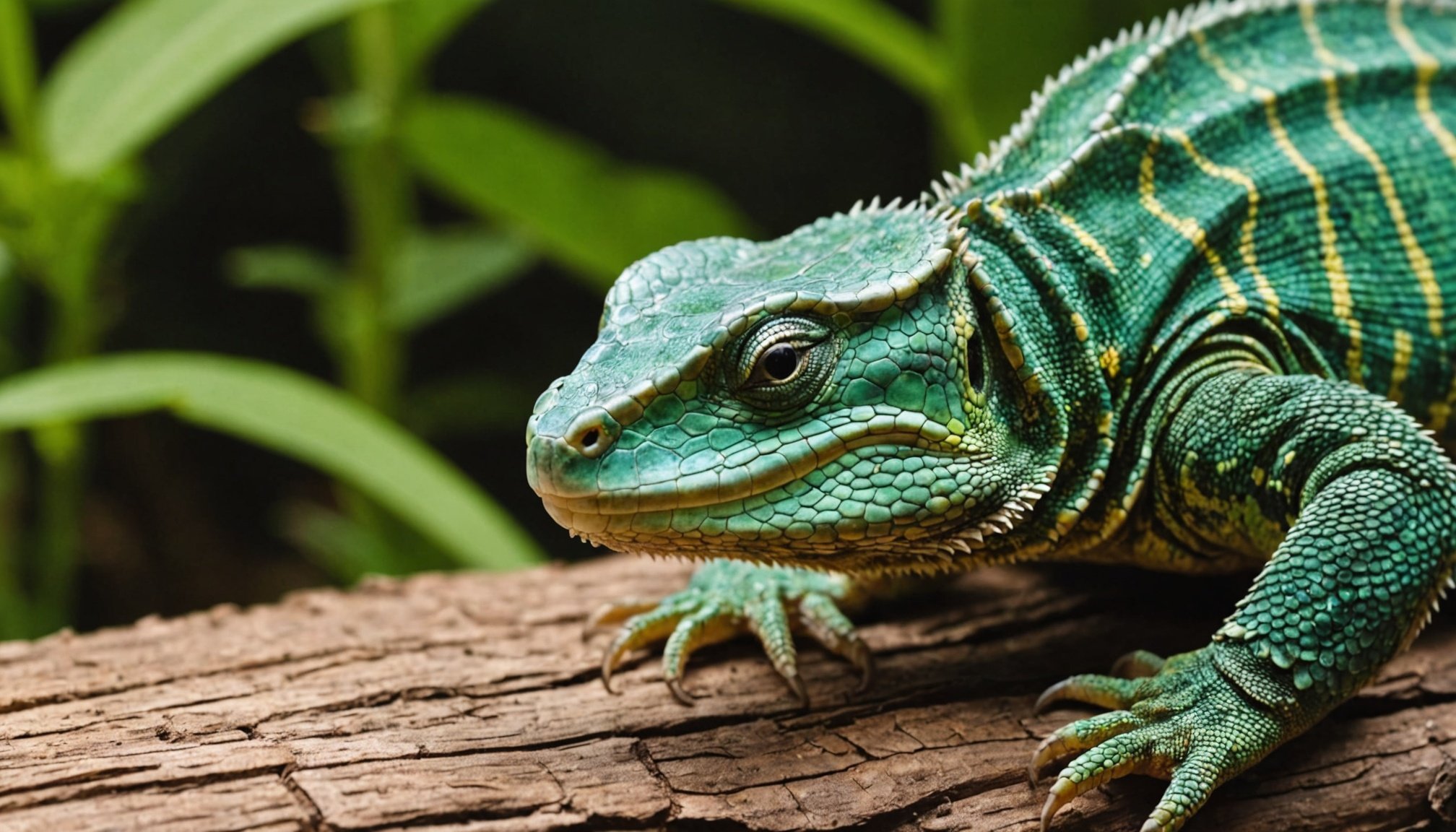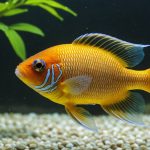Identifying Signs of Dehydration in Reptiles
Awareness of dehydration symptoms is crucial for maintaining optimal reptile health. Common visual cues include wrinkled skin, sunken eyes, and difficulty shedding. Behavioral changes such as lethargy and reduced appetite may also indicate dehydration. It’s important to remember that these signs of dehydration can manifest differently across species. For example, lizard scales may appear dull, whereas snake skin might not shed in a complete piece. Tortoises, on the other hand, may exhibit symptoms like thick, sticky saliva.
Early detection of these symptoms is vital as it allows for timely intervention. Rehydration efforts can often reverse the initial stages of dehydration, preventing further health complications. Regularly observing your reptile for any changes in physical appearance or behaviour contributes significantly to their overall well-being.
Also to see : What type of bedding is best for your pet rabbit’s cage?
Ensuring easy access to clean water is essential, yet not always sufficient. Humidity levels play a critical role in preventing dehydration, especially for desert-dwelling species that have adapted to low-moisture environments. Hydration methods such as misting or providing water-soaked substrates can enhance their surrounding moisture levels. By recognising early dehydration signs, you can support your reptile’s recovery and maintain their health effectively.
Effective Prevention Strategies
Preventing dehydration in reptiles requires a proactive approach to habitat management and implementing appropriate hydration methods. Control over the reptile’s environment, especially the humidity, is essential in keeping dehydration at bay.
This might interest you : Top tips for preventing and healing saddle sores in shetland ponies: a comprehensive guide
Humidity Control Techniques
Maintaining proper humidity levels is a key strategy in the prevention of dehydration. Techniques such as using hygrometers for monitoring and adjusting moisture content are crucial. Systems of misting and providing enclosure-safe humidifiers can also aid in maintaining the right moisture level. For reptiles coming from humid environments, these adjustments can simulate their natural habitats, enhancing reptile health.
Best Practices for Hydration
A multi-faceted approach is best when ensuring adequate hydration. Hydration methods can include easily accessible water bowls, which should be changed regularly to ensure cleanliness. Additionally, a routine of spot misting can help maintain skin moisture for species that require it.
Diet and Nutrition Considerations
Incorporating moisture-rich foods can significantly improve hydration levels. Selecting fruits and vegetables with high water content is beneficial. It’s essential to tailor the diet to the specific needs of the reptile species, ensuring their nutritional requirements are met while supporting overall hydration and well-being.
Environmental Factors Affecting Hydration
Understanding the environmental impact on reptile hydration is crucial for maintaining their health. Temperature regulation plays a significant role; improper temperatures can lead to dehydration by increasing water loss or causing stress. Setting up thermal gradients within enclosures allows reptiles to thermoregulate effectively, ensuring optimal hydration levels.
Enclosure setup is also vital in hydration management. The size and design of the habitat affect the animal’s ability to access water and regulate moisture. For instance, a small enclosure may not provide adequate space for equipment to control humidity and temperature, leading to dehydration risks. Conversely, a large setup that offers hides and shaded areas helps in maintaining necessary moisture levels.
It is essential to monitor environmental conditions consistently. Using devices like digital thermometers and hygrometers assists in maintaining ideal conditions, preventing dehydration. Regularly checking and adjusting these factors is key.
In conclusion, focusing on the environmental impact and temperature regulation ensures reptiles receive the appropriate care to support hydration. An effective enclosure setup, complemented by consistent monitoring, forms the cornerstone of an effective reptile care strategy to combat dehydration.
Creating a Thriving Habitat
A thriving habitat is vital for maintaining reptile welfare by ensuring proper hydration and overall health. Designing an optimal reptile habitat involves thoughtful selections and consistent maintenance.
Choosing the Right Materials
Selecting suitable materials is crucial. Certain substrates, such as coco fiber or sphagnum moss, are excellent for moisture retention, aiding hydration. These substrates create a more natural environment that helps maintain humidity levels within the enclosure, promoting reptile welfare. It is important to match the substrate to the specific needs of the reptile species, ensuring comfort and support for their natural behaviours.
Incorporating Natural Elements
Including natural elements such as live plants can significantly enhance the enclosure’s humidity. Plants like pothos or bromeliads not only add to the habitat’s aesthetic but also improve air quality and humidity. They simulate a natural habitat, which is beneficial for psychological and physical reptile welfare. Providing hiding spaces among plants can reduce stress and encourage natural exploratory behaviours.
Regular Maintenance and Monitoring
Routine checks are essential to uphold an effective enclosure design. Regularly cleaning the habitat, checking equipment functionality, and adjusting humidity and temperature are necessary practices. For an optimal reptile habitat, investing time in monitoring and maintenance ensures the enclosure remains conducive to hydration and overall reptile health.






